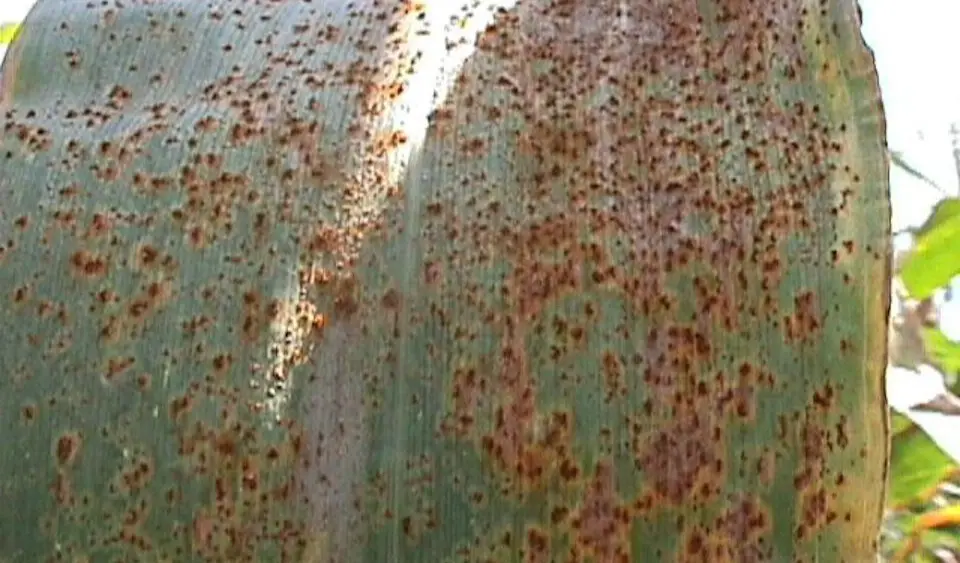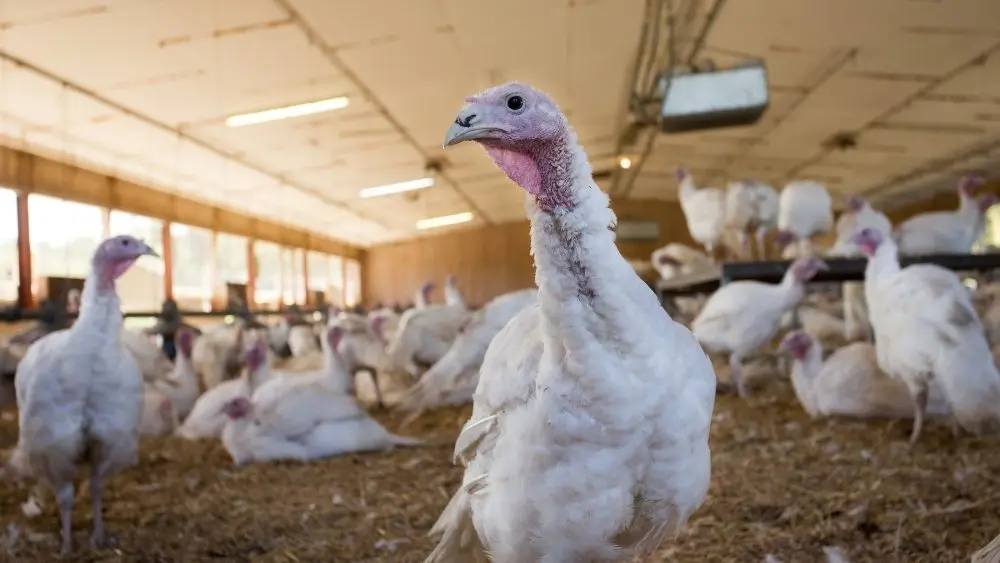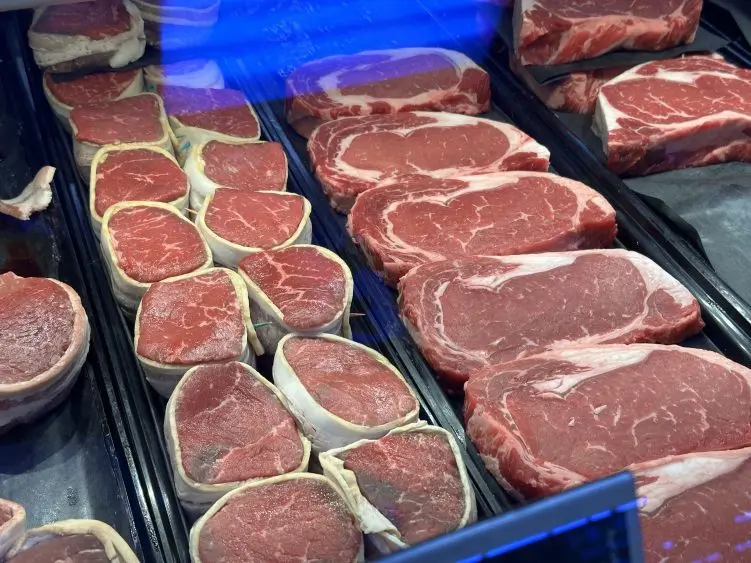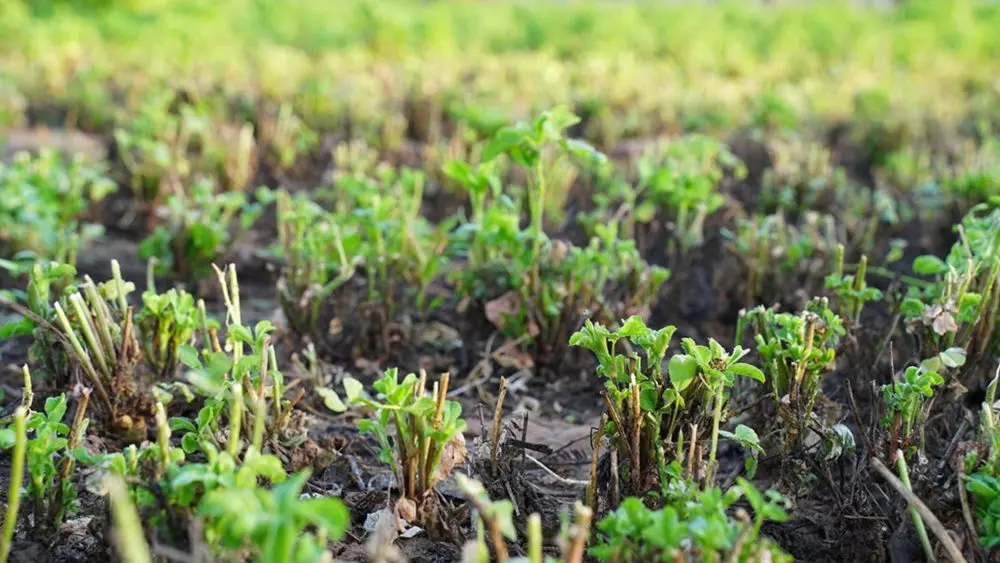
Cyber threats are increasingly targeting the systems that keep America’s food and agriculture industries running—from grain elevators and processing plants to digital tractors and irrigation systems. As farms and agribusinesses rely more heavily on data, automation, and connected devices, the sector has become a key focus for cybersecurity experts and policymakers alike.
The Food and Agriculture – Information Sharing and Analysis Center (Food and Ag-ISAC) is leading industry efforts to strengthen cyber defenses across the nation’s food system. The organization works with companies and trade associations to share intelligence, monitor threats, and provide best practices. Through its Industry Association Partner Program, Food and Ag-ISAC offers weekly threat briefings, real-time alerts, and expert insights that help organizations—from family farms to multinational food processors—prepare for and mitigate cyber incidents.
Among its growing list of partners are FMI – The Food Industry Association, International Dairy Foods Association, Meat Institute, National Chicken Council, National Grain and Feed Association, SNAC International, and the American Farm Bureau Federation (AFBF). The collaboration with AFBF, which represents nearly 6 million member families, is especially critical in reaching farmers and ranchers at the grassroots level.
“The Food and Ag-ISAC looks forward to collaborating with the American Farm Bureau Federation as we work together to provide farmers and ranchers the information they need to protect themselves from cyber attacks,” said Jonathan Braley, director of the Food and Ag-ISAC. “AFBF has direct access to farmers and ranchers across the nation, providing us the ability to reach this community at scale.”
AFBF vice president of public policy Sam Kieffer added, “From weather to market dynamics and much more, many aspects of farming and ranching carry risk. The American Farm Bureau Federation is pleased to be partnering with the Food and Ag-ISAC to help farmers and ranchers identify newer, less familiar, but potentially just as menacing threats – cyber risks – and learn how to mitigate them.”
The growing attention from organizations like the Food and Ag-ISAC aligns with renewed interest from Congress in strengthening the nation’s agricultural cybersecurity infrastructure. Several bipartisan bills have been introduced to address the issue, although none have yet been enacted into law.
One of the leading proposals, the Farm and Food Cybersecurity Act of 2025, would require the U.S. Department of Agriculture (USDA) to conduct regular assessments of cybersecurity risks facing the food and agriculture sectors. It would also direct the agency to coordinate with federal partners such as the Department of Homeland Security and the Department of Health and Human Services on simulation exercises to test responses to potential cyber disruptions.
Another measure, the Cybersecurity in Agriculture Act of 2025, would authorize USDA to establish up to five Regional Agriculture Cybersecurity Centers through grants or cooperative agreements. These centers would focus on research, training, and coordination to help farmers, ranchers, and agribusinesses strengthen their digital defenses.
A separate bipartisan bill introduced in the Senate by Senators Ted Budd and Catherine Cortez Masto focuses on combating foreign cyberattacks targeting U.S. agriculture. The proposal would direct USDA to work with national security agencies and universities to advance research and workforce training related to agricultural cybersecurity.
While these bills remain at the proposal stage, they signal that lawmakers increasingly view cybersecurity as integral to both food security and national security.
Industry leaders say the public and private sectors will need to work together to protect the nation’s food systems from emerging digital threats. Efforts like the Food and Ag-ISAC’s partnership network are already creating channels for information sharing and awareness across the food supply chain, from farms to processors to retailers.
As technology continues to reshape production, processing, and distribution, the agriculture industry’s ability to safeguard its digital infrastructure will be essential to keeping America’s food system resilient and secure.



